Kinosaki Chefs pioneering Japan’s Food Sustainability Movement
Whilst sustainable dining has been making waves for many years, the Covid-19 pandemic has seen demand for environmentally-friendly options grow exponentially.
Japanese cuisine has long been known for its focus on native ingredients, opting for plant-based, seasonal menus and locally sourced produce. Kinosaki Onsen, Japan’s best Hot Spring town, is a pioneer in the field of sustainable gastronomy with many of the town’s most renowned chefs on a mission to restore the environment one bite at a time.
One of the latest restaurants to garn attention for its sustainable efforts right is Sanpou Nishimuraya, the new Japanese-style restaurant of Nishimuraya, located next to Nishimuraya Honkan in the heart of Kinosaki Onsen. Sanpou is proud to feature original cuisine cooked from ingredients sourced from local providers. At the centre of the restaurant is a large open kitchen built around a Japanese “irori” cooking hearth.
“You can find fabulous ingredients such as snow crab and Tajima beef in the Tajima region, a place surrounded by sea and mountains. Thanks to the efforts of local farmers, you can also find the native and pure bred vegetables that are rarely seen nowadays.” - Shinnichi Nakayasu, Head Chef of Sanpou Nishimuraya.
Kinosaki’s “planet-saving” Kounotori rice
One of the most inspiring items on the restaurant’s menu has to be the kounotori rice, a sustainably-grown rice that was born out of the successful mission to save Japan’s iconic Oriental White Stork from extinction. On top of being extremely popular amongst Japanese consumers, it has also become a symbol of the city’s sustainability commitment, a drawcard luring eco-conscious travellers that want to support the city’s commitment to sustainable practices. Kounotori rice is retailed in various shops across the world.
Tajima Beef – the Origin of Kobe beef
The restaurant’s highest-ranking dinner course includes a delicately grilled choice cut of Tajima Beef, fresh market assorted vegetables, and various upgraded dishes. In fact, the origin of the famous Kobe beef is Tajima beef, from the Tajima region where Kinosaki is located. This high-grade wagyu beef is known for its high level of marbling and can be eaten in various ways such as steak, shabu-shabu and sukiyaki.
Matsuba Crab – Kinosaki’s Iconic Winter Food
The most iconic winter speciality of Kinosaki onsen, Matsuba crab (snow crab), is caught at Tsuiyama and other local ports, near Kinosaki, every year between November and March. Some of the various ways it can be eaten include crab shabu-shabu, grilled crab and as sashimi.
Organic and 100% Sustainable
Sanpou is committed to making the highest effort to source fresh ingredients, face-to-face from local producers. The chefs work diligently to ensure the freshest, tastiest, most original meals possible are offered every day. From red bean Mochis made from local organic beans grown by the chef’s grandmother to homemade warabi mochis using natural warabi collected by the restaurant’s staff, the restaurant’s menu is nothing short of inspiring.
Sanpou Nishimuraya is offering various unique experiences for the discerning traveller, including a sake tasting experience as well as an art workshop experience using “washi” (Japanese paper).
For more information, visit
-
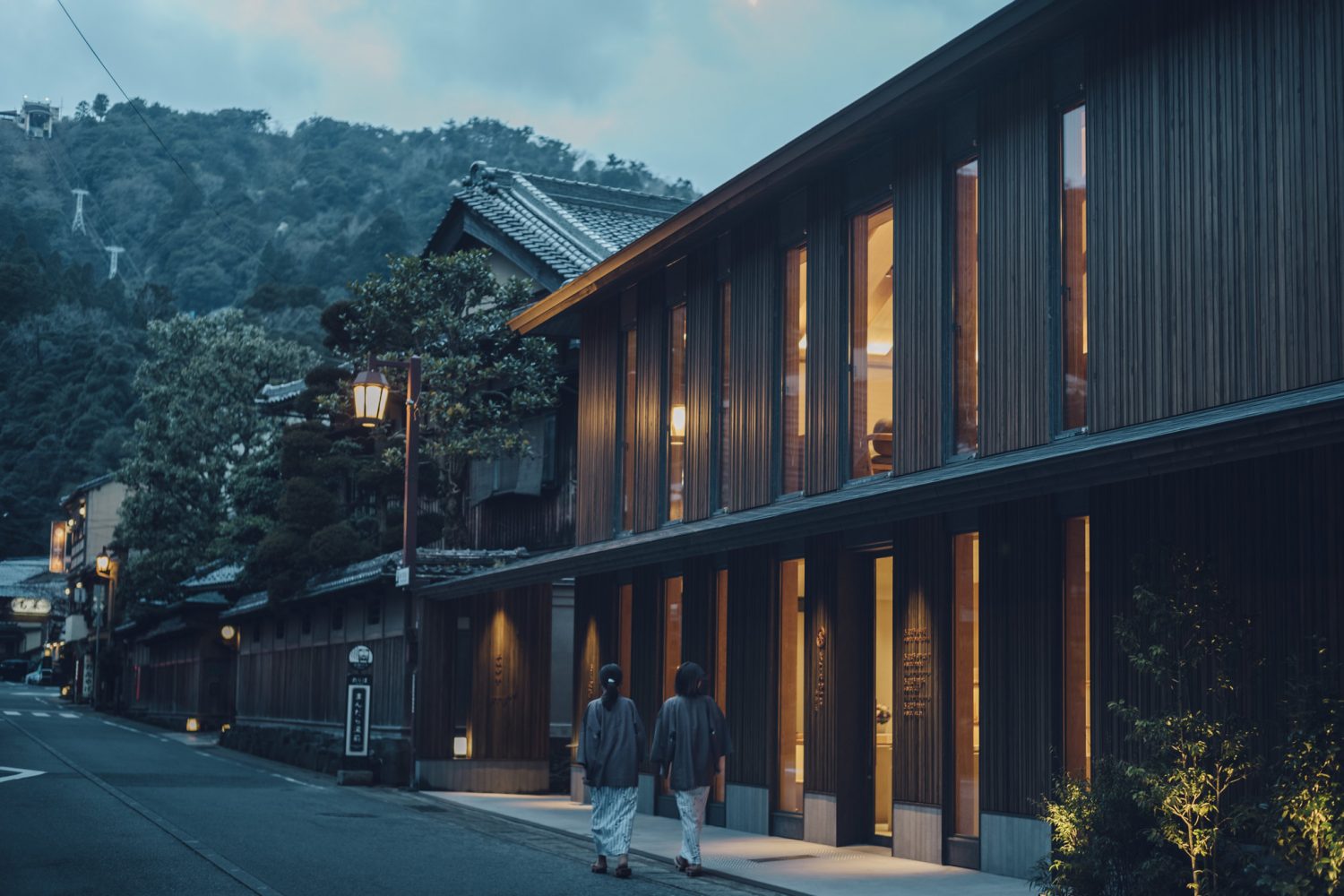
Sanpou Nishimuraya exterior
-
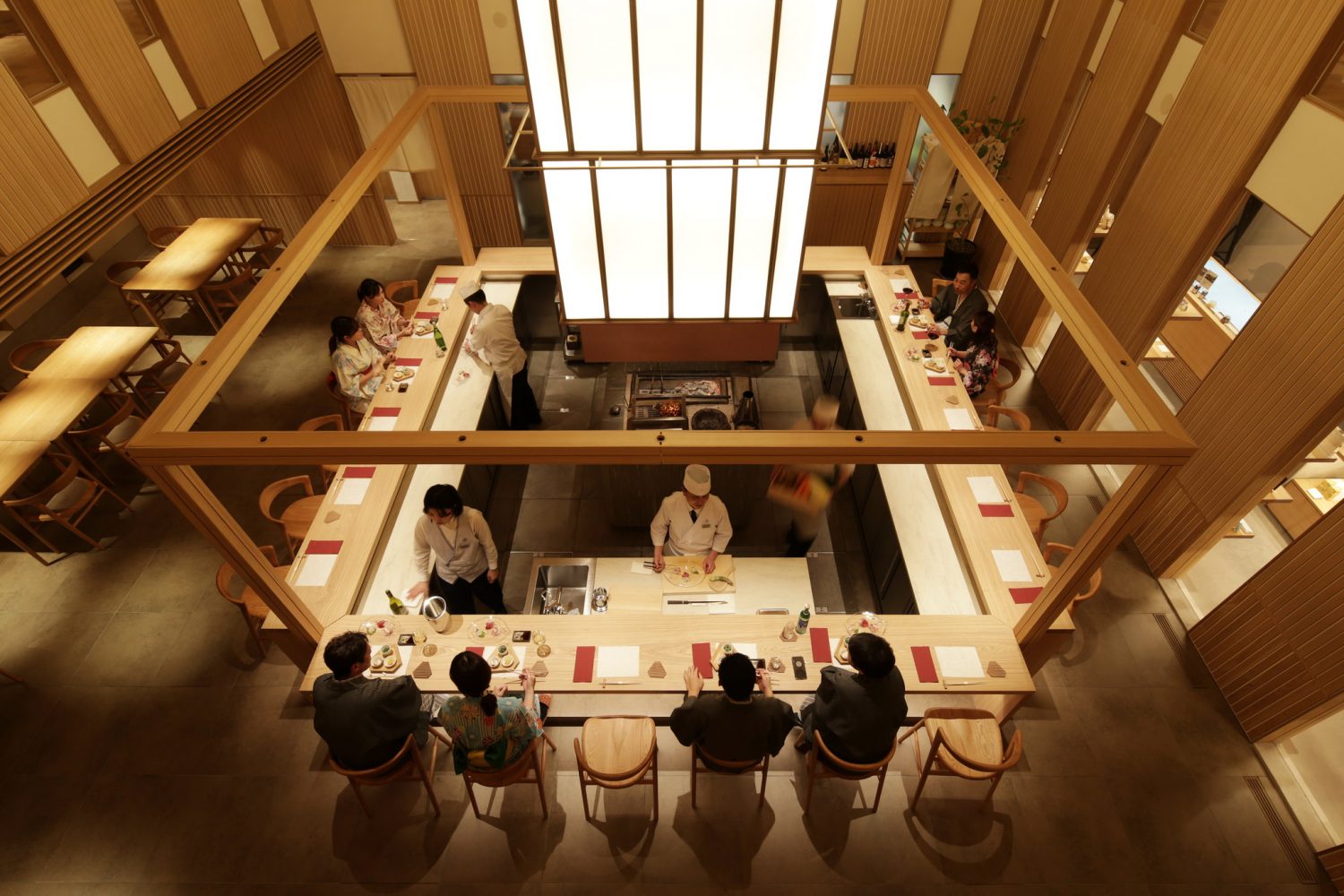
Sanpou Nishimuraya interior
-
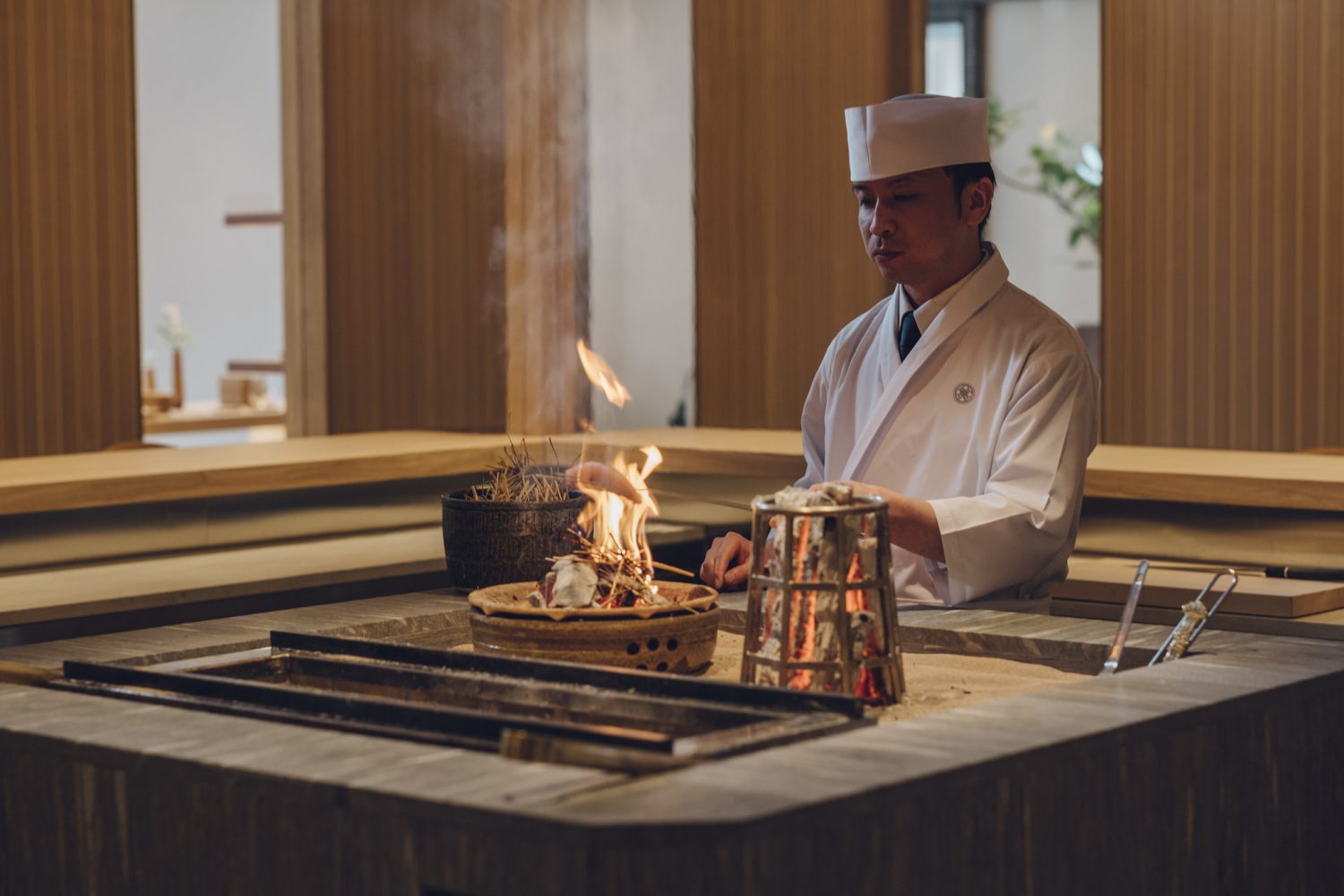
Japanese irori cooking hearth
-
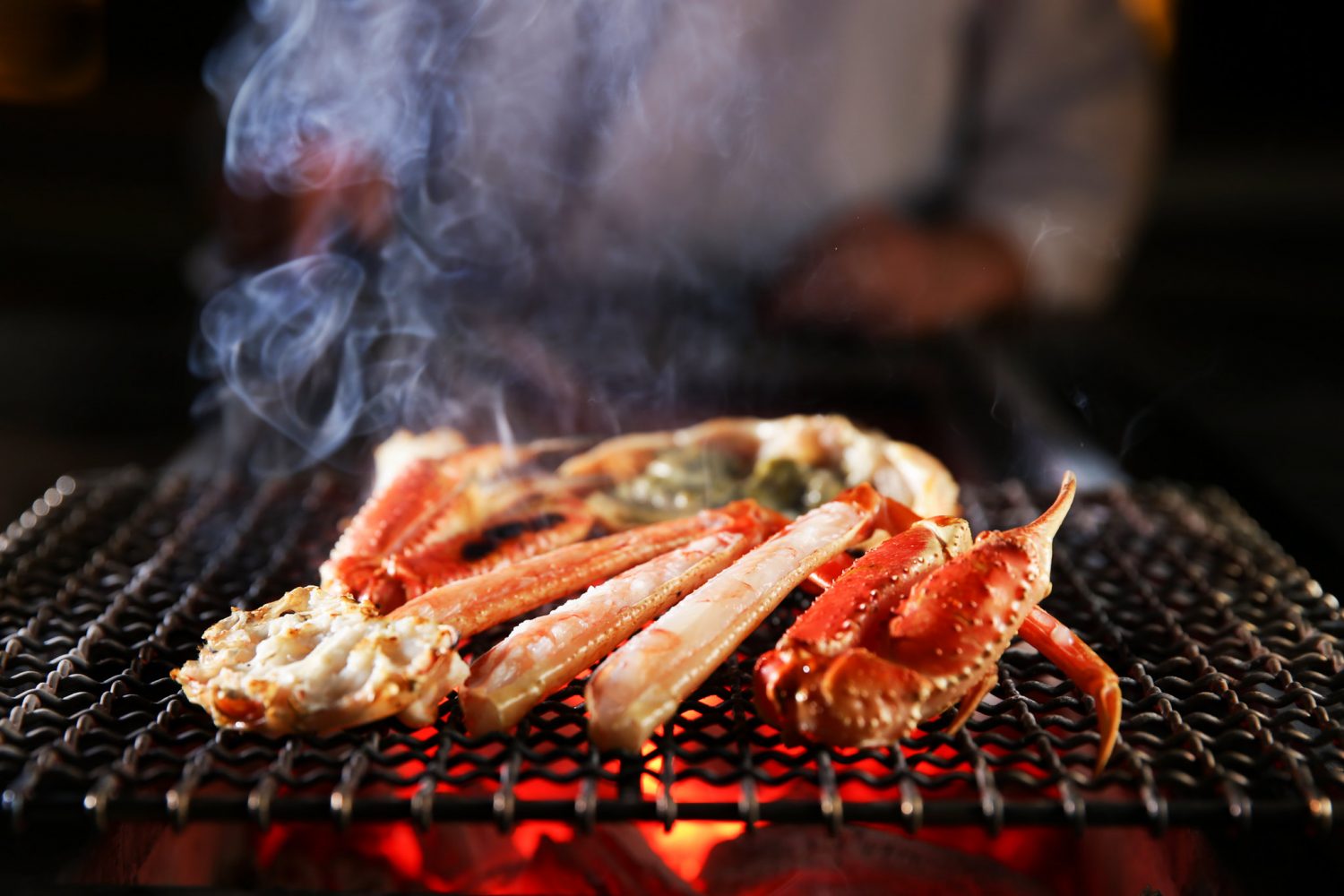
Matsuba Crab
-
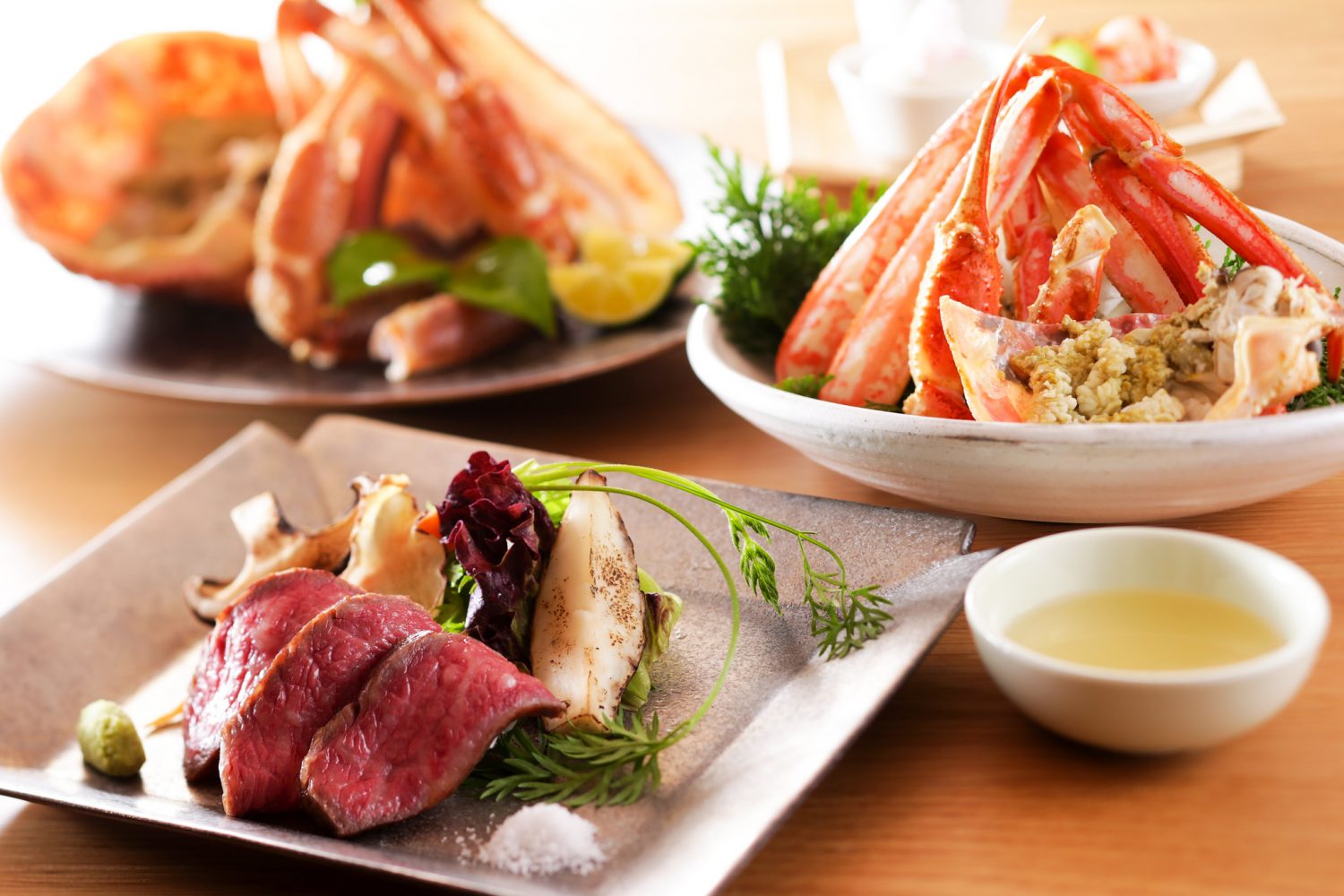
Matsuba Crab and Tajima Beef
-
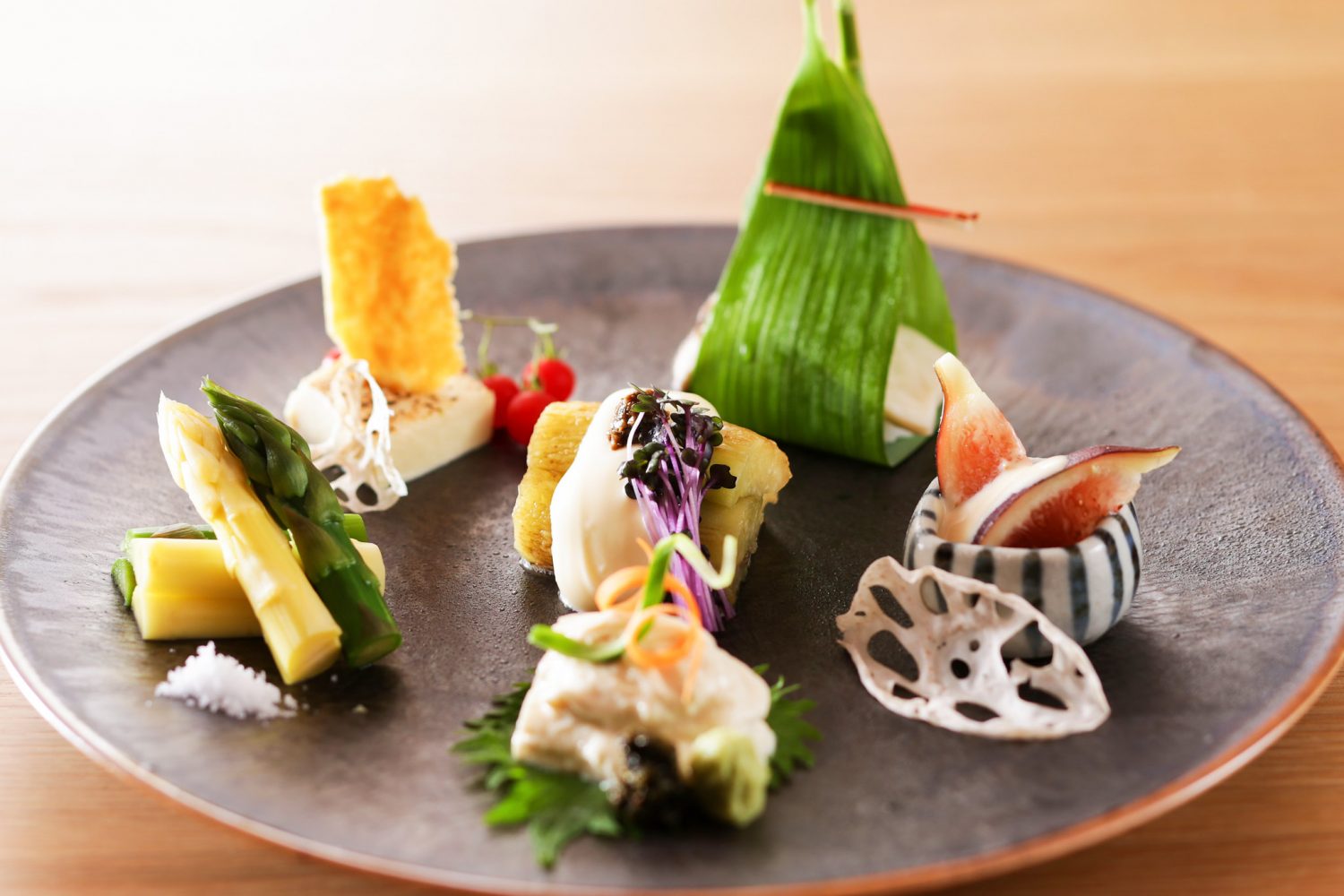
Vegan menu dish